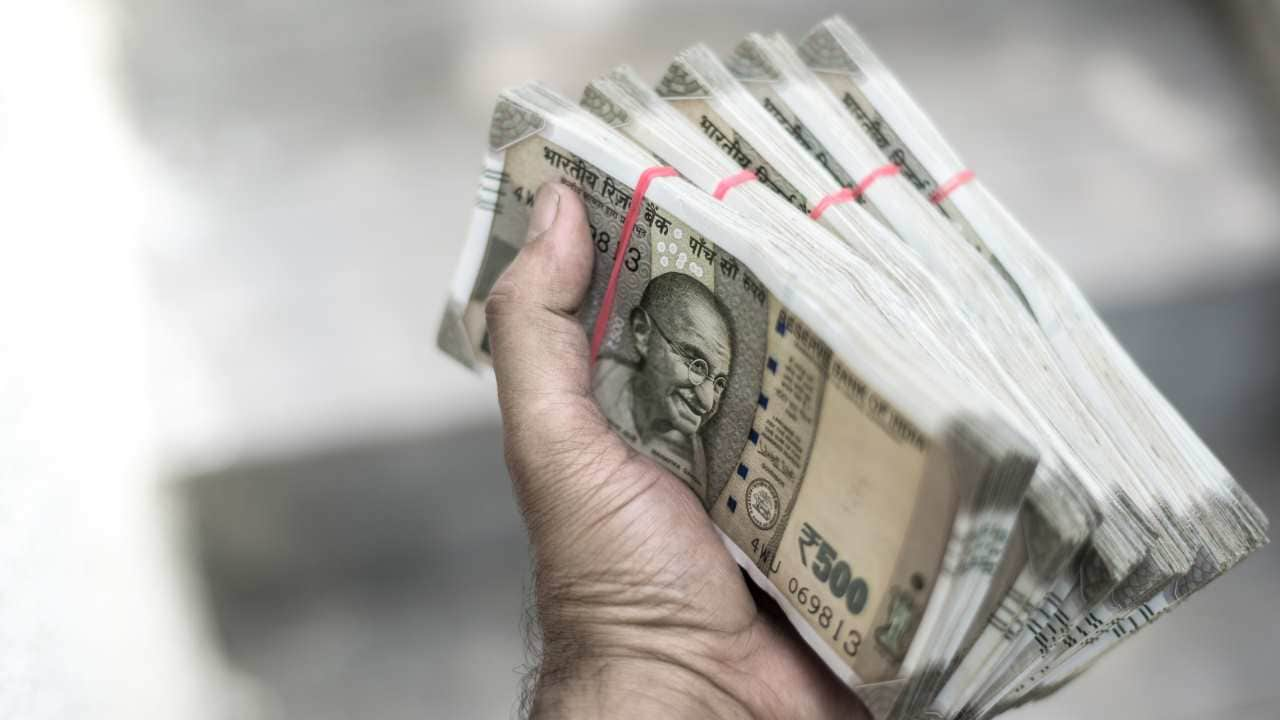
| Company | Value | Change | %Change |
|---|
Economists are of the view that RBI intervention in the foreign exchange market is one of the key reasons for tight liquidity. “This deficit is due to many reasons like tax outflows, GST payment, forex market intervention and volatility in capital flows,” wrote SBI Research in a note. Further, with the implementation of Just in Time (JIT), systemic liquidity has been impacted through movements in government cash balances.
According to SBI, the systemic liquidity situation remained tight and pivoted to the injection mode on December 16, 2024. Between December 16, 2024, and January 15, 2025, RBI injected ₹11.5 lakh crore into the banking system through variable rate repo (VRR) operations with a maturity of one to seven days. However, the liquidity pressure did not ease.
Also read: India’s biggest bankers are alarmed by the worst liquidity crunch in over a decade
However, it must be noted that lower liquidity in the banking system can lead to higher borrowing costs for banks, which may pass on those costs to borrowers, in turn causing interest rates to increase.
While many market participants expect a rate cut in RBI’s February meeting to spur economic growth, a liquidity surplus in the banking system is necessary to pass on the benefits of lower interest rates to consumers. “I am not sure whether a rate cut is really going to spur economic growth. What the system really needs is liquidity back in the system. If the RBI implements the LCR (Liquidity Coverage Ratio) guidelines as they exist, it could take ₹5-7 lakh crore out of the system, which will have an impact,” Amitabh Chaudhry, MD & CEO of Axis Bank, told CNBC-TV18 at the World Economic Forum (WEF) 2025 in Davos, Switzerland.
Further, the extended foreign investor outflows from the capital market and a surge in oil prices saw the rupee hitting multiple lows recently. On January 14, the rupee slid to a new low of ₹86.70 against the dollar and has lost 2.5% of its value over the last three months. “As far as [the] rupee is concerned, I think, obviously, a lot of money has been spent to defend the currency,” said Chaudhry. He added that there is a kind of dollar play going on, and “I don’t think it will end quickly. So just keep spending the reserves to defend the rupee might not make sense”.
Also read: India’s forex reserves decline by $1.88 billion to $623.98 billion



